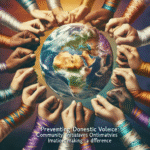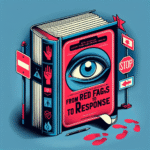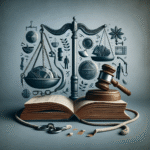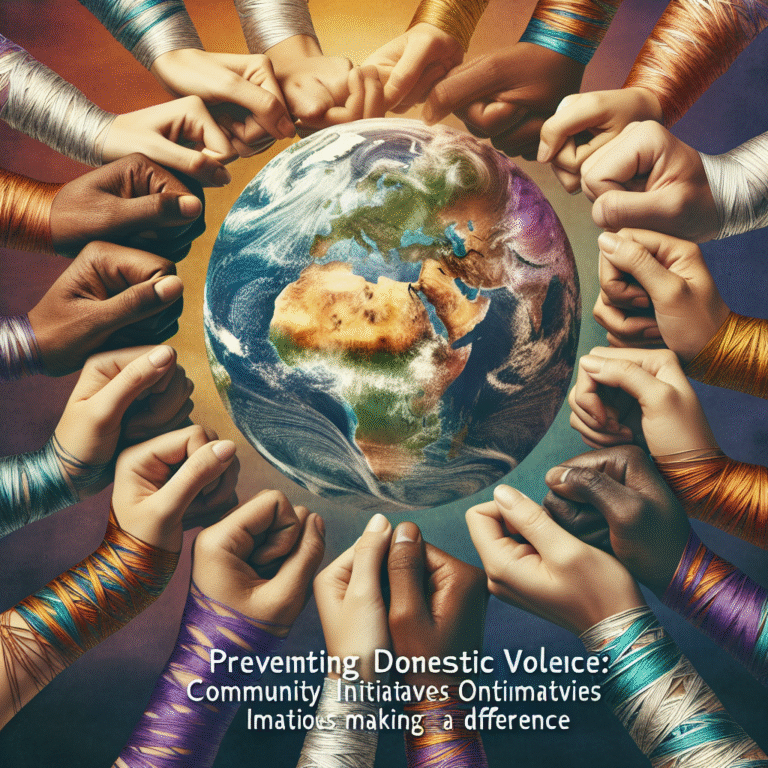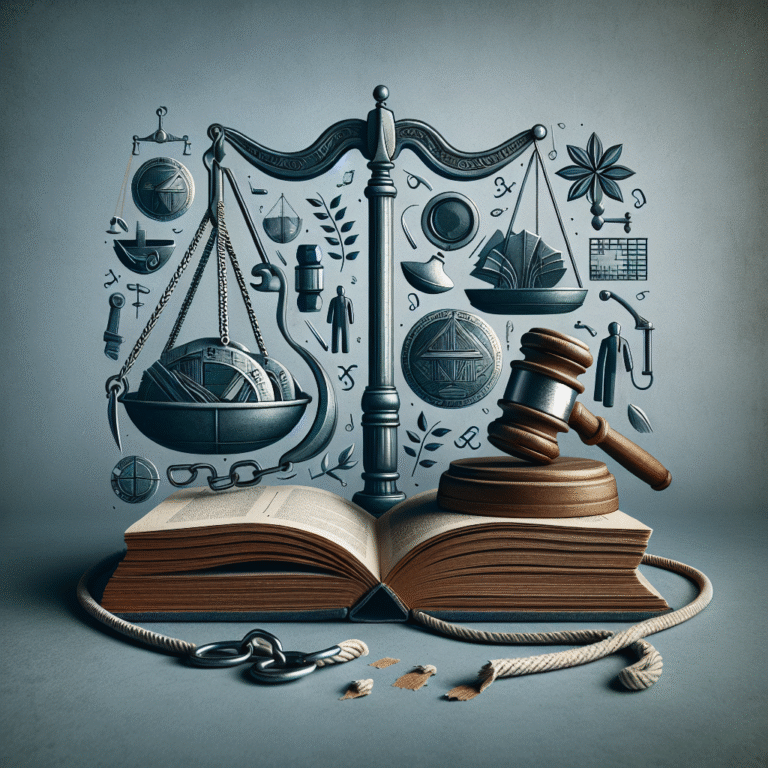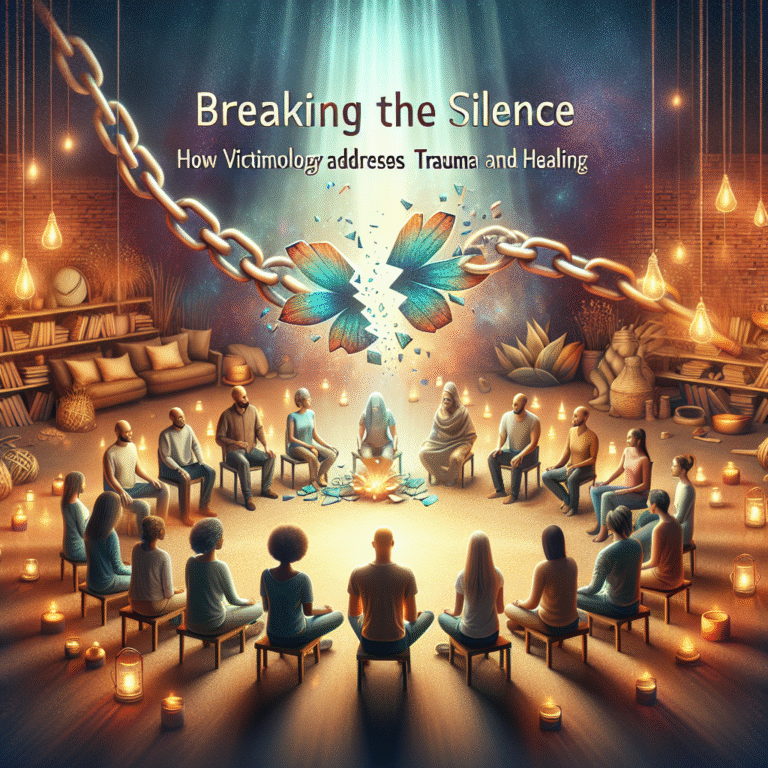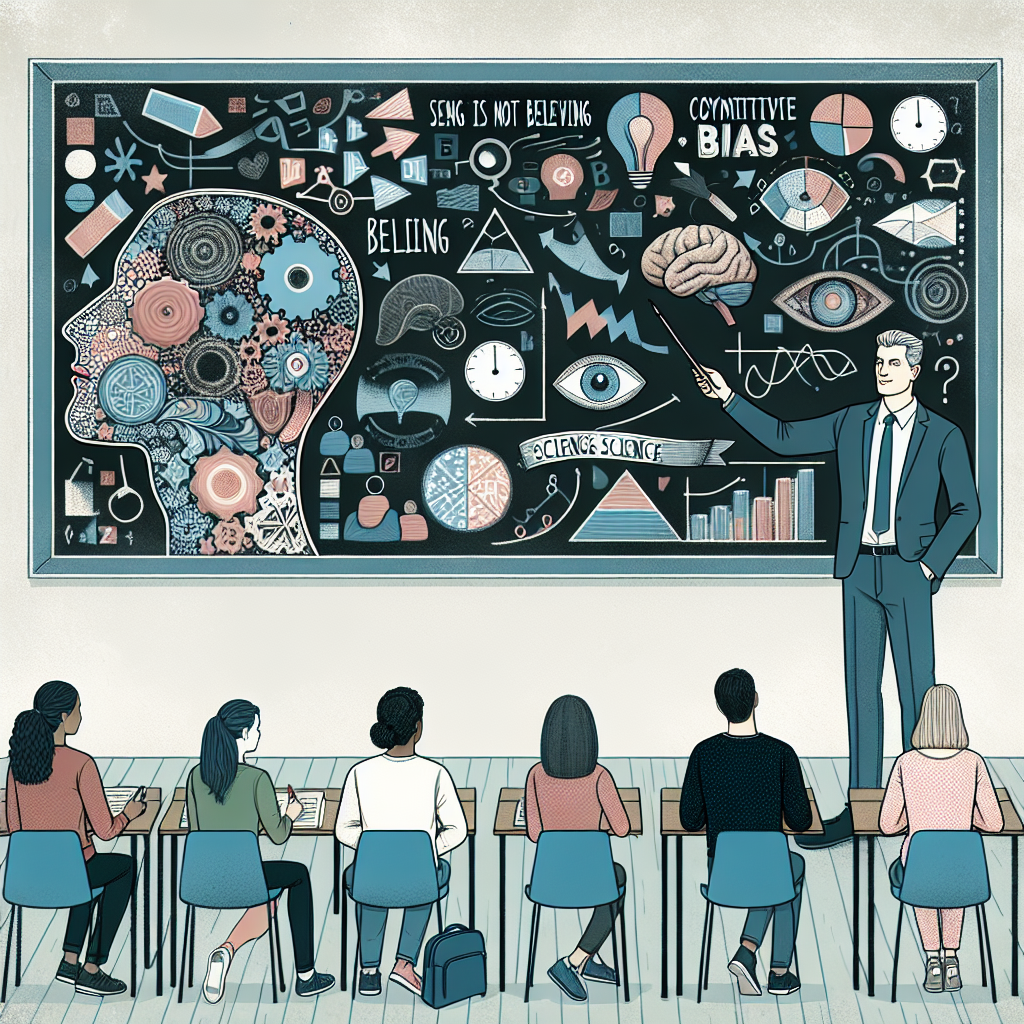
Introduction
Imagine walking down a busy street, passing storefronts and gleaming window displays. You stop momentarily to admire a vibrant dress in a shop window. Later, you discover the dress was actually red, but in your memory, it has morphed into a beautiful shade of blue. This fascinating disconnect between perception and reality captures the essence of Seeing Is Not Believing: The Science Behind Cognitive Bias.
The ability to see is an undeniable aspect of human experience—yet our minds, sometimes unreliable, can lead us astray. Understanding cognitive biases helps us navigate daily life, enhancing decision-making and boosting our critical thinking skills. In this article, we’ll delve into the ins and outs of cognitive bias, exploring real-world implications and offering insights that empower you to think more critically.
What is Cognitive Bias?
Cognitive biases are systematic deviations from norm or rationality in judgment. They arise from the brain’s attempt to simplify information processing. This simplification often leads to distortions, misinterpretations, or even illogical conclusions. Cognitive biases can stem from various factors, including:
- Heuristics: Mental shortcuts that simplify decision-making.
- Emotional influences: Feelings can cloud judgment and perceptions.
- Social pressure: The influence of peer opinions can distort personal perceptions.
Common Types of Cognitive Bias
To fully grasp Seeing Is Not Believing: The Science Behind Cognitive Bias, let’s explore some common biases:
- Confirmation Bias: The tendency to favor information that confirms our pre-existing beliefs.
- Anchoring Bias: Relying too heavily on the first piece of information encountered.
- Hindsight Bias: The inclination to see events as having been predictable after they have occurred.
- Bandwagon Effect: Adopting beliefs because they are popular or widely accepted.
- Availability Heuristic: Overestimating the importance of information that comes to mind quickly.
Real-World Case Studies
Case Study 1: The Challenger Disaster
In 1986, the Space Shuttle Challenger tragically exploded, leading to the loss of seven astronauts. Investigations revealed that cognitive bias played a critical role. Engineers working on the Challenger had overlooked key data regarding O-rings, partly due to confirmation bias; they sought information that aligned with their predetermined belief that the launch should proceed.
Analysis: This case highlights how cognitive biases can have severe consequences in high-stakes environments. The decision-making flawed by bias ultimately led to a national tragedy, emphasizing the need for rigorous critical thinking processes.
Case Study 2: The 2008 Financial Crisis
The financial crisis of 2008 illustrates the bandwagon effect and anchoring bias. Many investors bought into the notion that housing prices would continue to rise, ignoring mounting evidence against that belief. Media narratives and expert opinions contributed to a collective mindset that dismissed warning signs.
Analysis: The cascading failures during the financial crisis reveal how societal influences and biases can lead to poor decision-making, affecting millions and destabilizing economies.
The Psychological Mechanisms Behind Biases
Understanding the mechanisms behind cognitive biases aids our grasp of Seeing Is Not Believing: The Science Behind Cognitive Bias. Here are some underlying psychological frameworks:
Heuristics in Decision Making
Heuristics are cognitive tricks that help in decision-making but can lead us toward biases. For instance, the availability heuristic can skew our perception based on recent experiences over contrasting data. This shortcut—meant to simplify—often misleads us into believing false correlations.
Dual-Process Theory
This theory posits that we think using two systems:
- System 1: Fast, automatic, emotional.
- System 2: Slower, more deliberate, logical.
Unfortunately, our reliance on System 1 can lead to various cognitive biases, particularly in high-stakes decisions where emotions run high.
Overcoming Cognitive Biases
By recognizing cognitive biases, we can take steps to mitigate their effects. Here’s how to combat Seeing Is Not Believing: The Science Behind Cognitive Bias in everyday life:
1. Embrace Awareness
Becoming aware of cognitive biases helps in recognizing when they might be influencing your decisions. Continued education about cognitive distortions can empower you to think critically.
2. Seek Diverse Perspectives
Engaging with people who hold different viewpoints can challenge your biases. This exposure broaden your understanding and reduces confirmation bias.
3. Invest in Critical Thinking Skills
Regular practice in critical thinking not only enhances decision-making but also creates an environment less prone to cognitive biases.
4. Pause for Reflection
Before making major decisions, taking time to reflect can help avoid impulsive reactions driven by cognitive biases.
5. Leverage Technology
Use tools and software that aid in data analysis to reduce the effects of anchoring or availability heuristics in decision-making processes.
Charts and Tables: Understanding Cognitive Biases
| Cognitive Bias | Description | Impact |
|---|---|---|
| Confirmation Bias | Favoring information that supports existing beliefs | Limits open-mindedness |
| Anchoring Bias | Relying heavily on the first information encountered | Hinders objective decision-making |
| Availability Heuristic | Overestimating the significance of recent events | Distorted risk perception |
| Bandwagon Effect | Adopting beliefs because they are popular | Can lead to groupthink |
| Hindsight Bias | Seeing events as predictable after they occur | Misguided self-assurance |
Conclusion
Seeing Is Not Believing: The Science Behind Cognitive Bias is a profound insight into the human mind’s complexities. Cognitive biases can skew our perceptions, leading to flawed decision-making and potential real-world consequences.
By embracing awareness, seeking diverse perspectives, investing in critical thinking, and leveraging technology, we can mitigate the impact of cognitive biases. The journey toward more rational thinking is not just personal but can influence communities, businesses, and even societies at large.
As you move forward, remember: awareness is your greatest tool. The next time you find yourself witnessing a vivid perception that feels all too real, pause and ask—could there be more to the story?
FAQs About Cognitive Biases
1. What are cognitive biases?
Cognitive biases are systematic errors in thinking that affect judgments and decisions, often steering perceptions away from reality.
2. How do cognitive biases manifest in daily life?
They manifest through various behaviors like making snap judgments, ignoring opposing evidence, or conforming to group opinions, often without realizing it.
3. Can cognitive biases be eliminated?
While they may not be completely eliminated, increasing awareness and critical thinking skills can significantly reduce their impact.
4. Are cognitive biases the same for everyone?
Cognitive biases can affect everyone, but their influence can vary based on individual experiences, backgrounds, and environmental factors.
5. How do biases relate to decision-making in businesses?
In business, cognitive biases can lead to poor strategic choices, misallocation of resources, and unforeseen consequences, making it crucial for leaders to understand and mitigate their effects.
Cognitive biases are an essential part of human psychology. By studying them, we’re better equipped to navigate the intricate maze of our judgments and decisions. Remember, seeing may not always be believing, but knowing can certainly empower you to make more informed choices.

